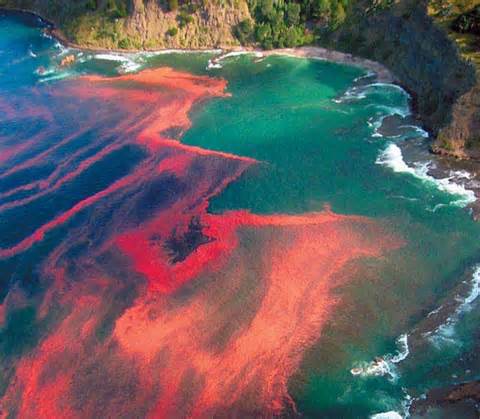It’s all too much for me to take …
Posted by Chromevol | Cytogenetics, DNA, Genetics, Marine Biology, Red Tides, Research, Toxicology | No Comments… when it comes to marine biotoxins!!!
For more than a decade now, we have been studying the effect of pollution on the genome of marine invertebrates, notably the genotoxic effect of marine biotoxins produced during harmful algal blooms. However, while the toxic effect of these compounds is well known, little is known about how much of them is needed and for how long to produce DNA damage. That is precisely what our own Veronica Prego-Faraldo has been studying during the last 2 years.

In a paper published today in the Journal of Toxicology and Environmental Health, Part A (78:814-824. Jul. 2015. View PDF), she provides in vitro evidence supporting the harmful effect of the biotoxin okadaic acid a low concentrations in specific tissues of bivalve molluscs. This work constitutes the first report investigating the early genotoxic effect of this biotoxin, which soon will be followed by complementary in vivo analyses in the mussel Mytilus.





